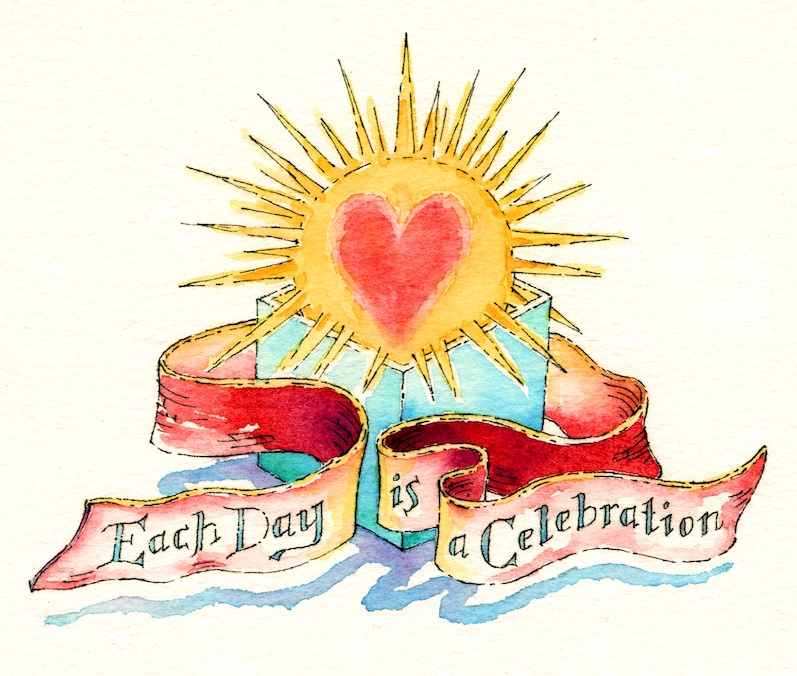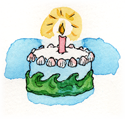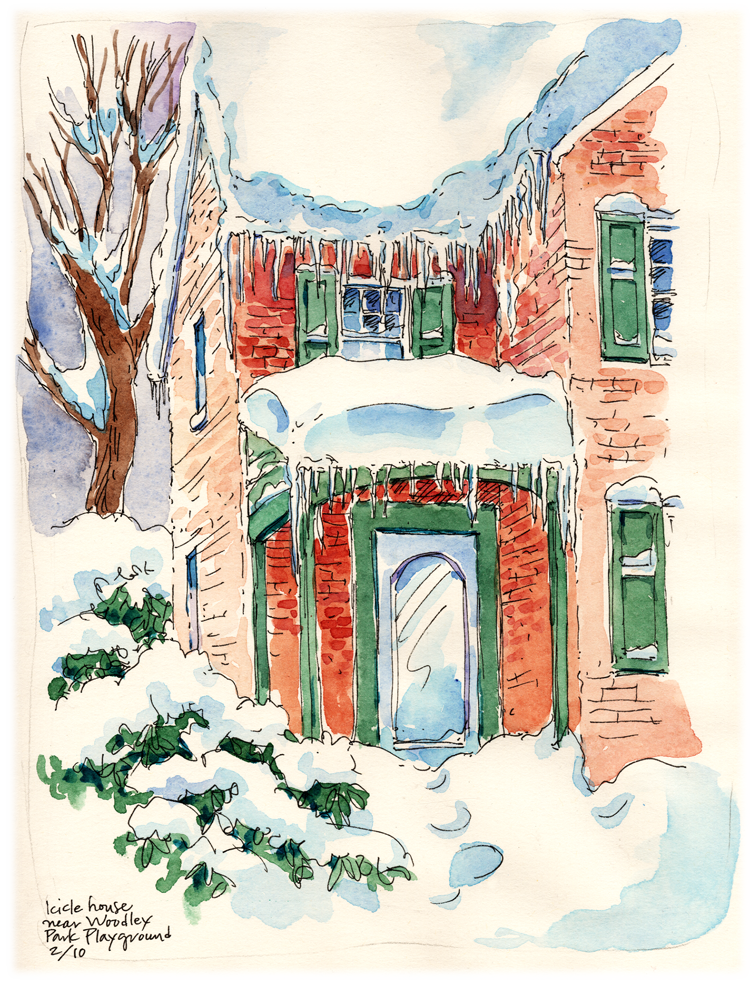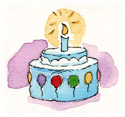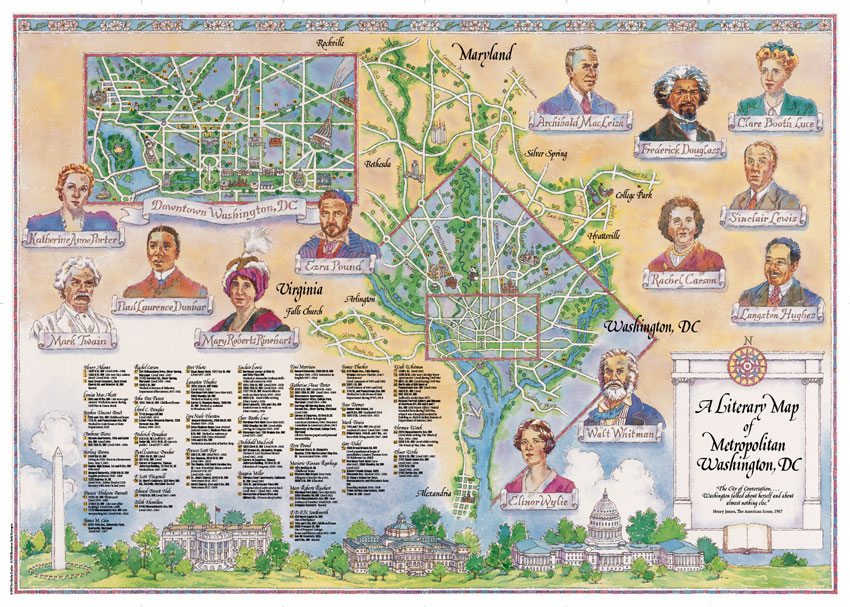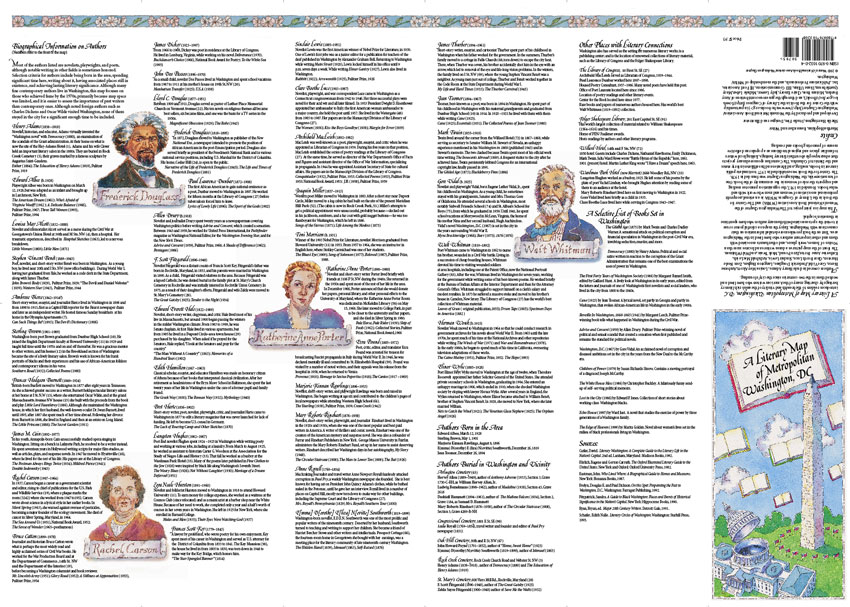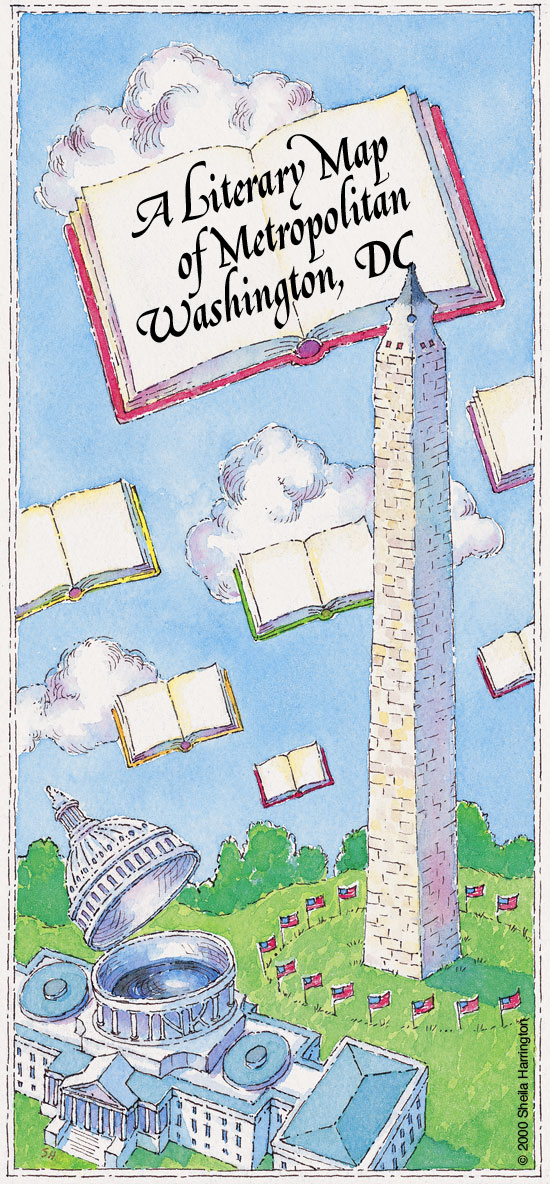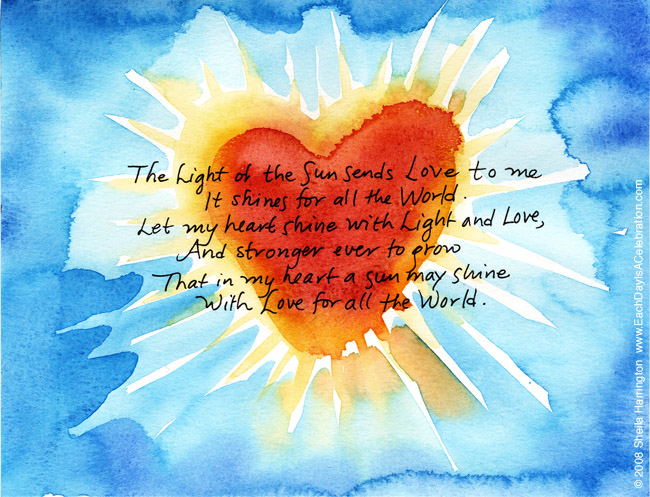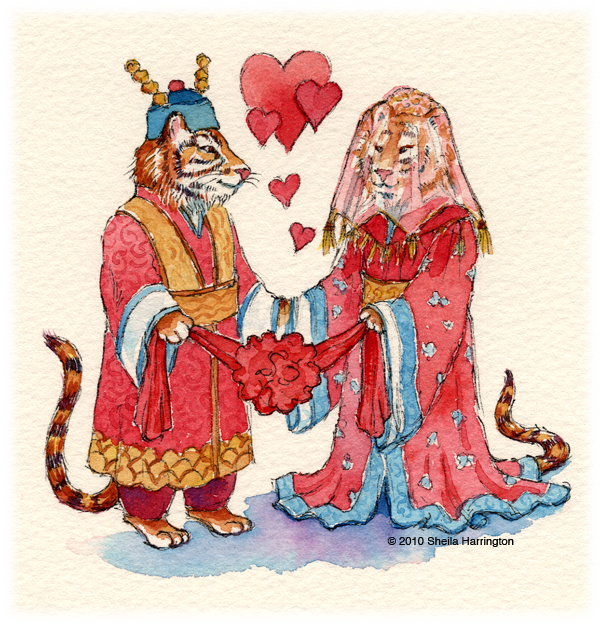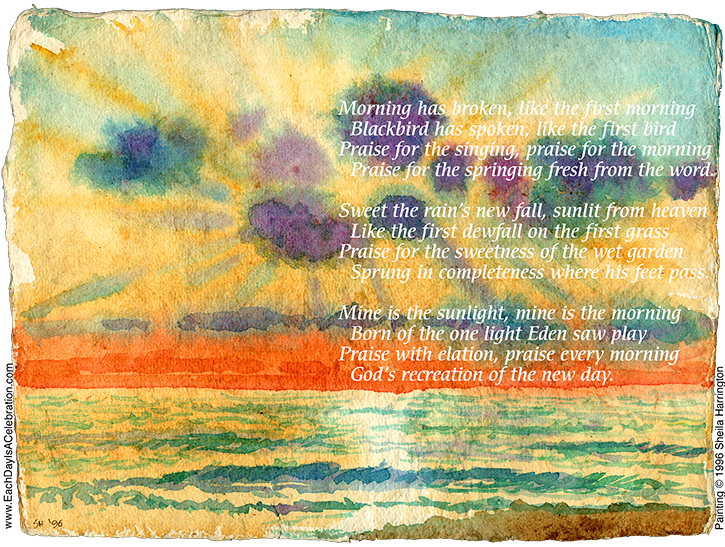For Sunday.
Tag: Watercolor
Ice Cottage
We Deliver!
Literary Washington
Here is the inside of the Washington DC Literary Map for which I posted the cover on 2/21. (The size in real life is 26 inches x 19 inches.)
The following is the description given on the Woman’s National Book Association website:
“The literary map identifies and celebrates locations in Washington and surrounding areas that are associated with 44 authors who have lived or worked here, including Rachel Carson, Frederick Douglass, Langston Hughes, Sinclair Lewis, Clare Booth Luce, Mark Twain, and Walt Whitman. The map also contains biographical information about the authors, a list of authors born or buried in the Washington area, other places with literary connections, and a selective list of books set in Washington.”
I was surprised myself to see how many writers have Washington, DC connections.
Washington’s Monument
Today is the 125th anniversary of the dedication (in 1885) of the Washington Monument. It was certainly a long time a-building, considering Pierre Charles L’Enfant had included a location for a monument to George Washington in his 1791 drawings for the new capital city. What L’Enfant had in mind, though, was an equestrian statue.
After Washington died in 1799, Congress thought a tomb might be a better plan—hey, how about right inside the Capitol? But his wife Martha wasn’t too happy with that idea. Progress stalled until the 1830s, when a group of impatient citizens raised funds themselves and held a competition for a monument design. The other entries were far more complicated: designs for monuments rich in Gothic windows, enlivened by multicolored stonework, festooned with all manner of carving and statuary. It makes me wonder how much the final choice was driven by budget. Even the award-winning design by Robert Mills originally had a colonnade at the base.
Construction began at last in 1848 and continued in fits and starts, slowed by the Civil War, lack of money, and anti-Catholic fervor (don’t ask). Congress occasionally offered funds. Reading American history I am struck by how reluctant the U.S. government used to be to spend money on much of anything, no matter the generally acknowledged need or value. When Congress finally decided to fund the rest, the monument went up quickly and immediately began to draw crowds. According to the National Park Service, it has over 800,000 visitors a year and is still the TALLEST STONE STRUCTURE in the WORLD. How about that.
You may be asking, “What the heck does this have to do with a picture of a Monument-Pen?” Well, uh… this image is the cover of a Literary Map of Washington DC commissioned by the Women’s National Book Association and featuring writers who have lived and worked here. For February 21st, I searched my work for a Monument image. And thereby hangs the tale. (Later this month I will post the illustrated map inside, so you can see what it looks like. It’s available at DC bookshops or through the WNBA.)
There is a celebration of the anniversary at 1pm today at the foot of the Monument.
In my heart a sun may shine
Ash Wednesday
Two-Part Tuesday
Tyger, Tyger, Burning Bright
How often does Chinese New Year fall on Valentines Day? So I had to celebrate both.
According to the Chinese Zodiac, 2010 is the Year of the Tiger (as were 1998, 1986, 1974, and so on backward every twelve years). If you were born in the Year of the Tiger, you are lively, engaging, sociable, and affectionate. Friends are always welcome in your home. You are impulsive, which can express itself in outbursts of generosity or hot temper. You are stubborn, a bit vain, and sensitive to criticism. Know anyone like this? Maybe you can guess which of your friends are Tigers without even knowing their birth years.
Tigers are supposed to be compatible with Dogs and Horses, and incompatible with Goats and Oxen. A Tiger/Tiger match is not recommended because both like to be in charge. Uh-oh. Well, Happy Chinese New Year, all you Valentines!
Morning Has Broken
Today is the birthday of Eleanor Farjeon (1881-1965), born in London, England, into a rather bohemian musical, literary, theatrical family. The lucky girl. She was delicate, and so was homeschooled among shelves crammed full of books—fairy and folk tales, history and mythology. She began writing quite young and was encouraged (of course); in her teens she collaborated with her brothers on their theatre productions; by age 19 she sold her first fairy tale.
Farjeon went on to write a range of literature for children: stories, history verses, plays, and lots of poems, among them the one above written in 1931 to accompany an old Gaelic melody and later popularized by folk singer Cat Stevens and other musicians. Her work abounds in wit, unexpected turns of phrase and plot, magic, humor, and nonsense. She is probably best known for her collection The Little Bookroom and the Martin Pippin stories, but if you have a little girl who loves to jump rope and she has NOT read Elsie Piddock Skips in her Sleep, you must drop everything and run straight to the library together to check it out. (If it has not yet been pulled from the library shelf and sold on Amazon. See Each Day post 2/11/10.)
Japanese animation lovers, take note. The King’s Daughter Cries for the Moon, an Eleanor Farjeon story originally published in 1955, is presently being adapted for a Japanese/Korean animation feature, scheduled for release in spring 2011. Now wouldn’t that surprise Eleanor.
